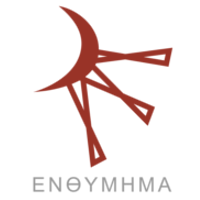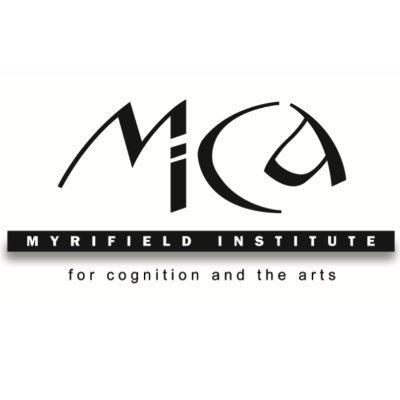
Last paper:
Grazia Pulvirenti, Renata Gambino, Neurohermeneutics. A Transdisciplinary Approach to Literature
- Peer review
- Submit a paper
- Suggest a paper
- Contact us
- Partner program
Evan Thompson, Diego Cosmelli, Jean-Philippe Lachaux,
Neurodynamics of Consciousness
 Year: 2006
Year: 2006Topics: Consciousness; Cognition;
DOWNLOAD PAPER
Download size: 252.57 KB
One of the outstanding problems in the cognitive sciences is to understand how ongoing conscious experience is related to the workings of the brain and nervous system. Neurodynamics offers a powerful approach to this problem because it provides a coherent framework for investigating change, variability, complex spatiotemporal patterns of activity, and multiscale processes (among others). In this chapter, we advocate a neurodynamical approach to consciousness that integrates mathematical tools of analysis and modeling, sophisticated physiological data recordings, and detailed phenomenological descriptions. We begin by stating the basic intuition: Consciousness is an intrinsically dynamic phenomenon and must therefore be studied within a framework that is capable of rendering its dynamics intelligible. We then discuss some of the formal, analytical features of dynamical systems theory, with particular reference to neurodynamics. We then review several neuroscientific proposals that make use of dynamical systems theory in characterizing the neurophysiological basis of consciousness. We continue by discussing the relation between spatiotemporal patterns of brain activity and consciousness, with particular attention to processes in the gamma frequency band. We then adopt a critical perspective and highlight a number of issues demanding further treatment. Finally, we close the chapter by discussing how phenomenological data can relate to and ultimately constrain neurodynamical descriptions, with the long-term aim being to go beyond a purely correlational strategy of research.
Project
The Neuro Humanities Studies Network aims at creating a multidisciplinary research community in order to develop and structure a linking platform for neuro-scientific, cognitive topics and humanities.
Click on each keyword to show papers related with it.









